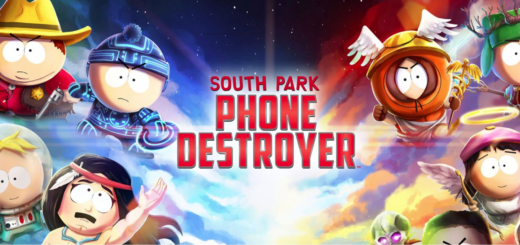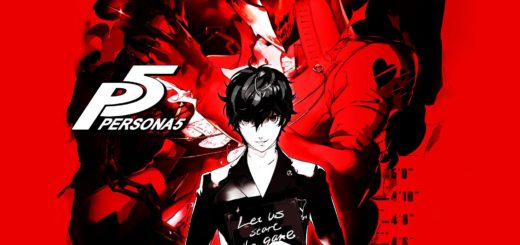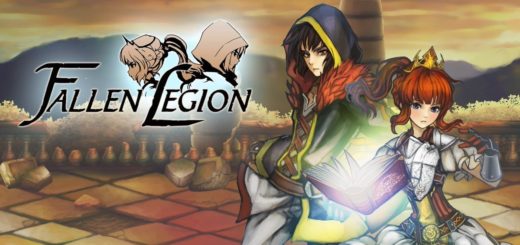LET IT DIE Review
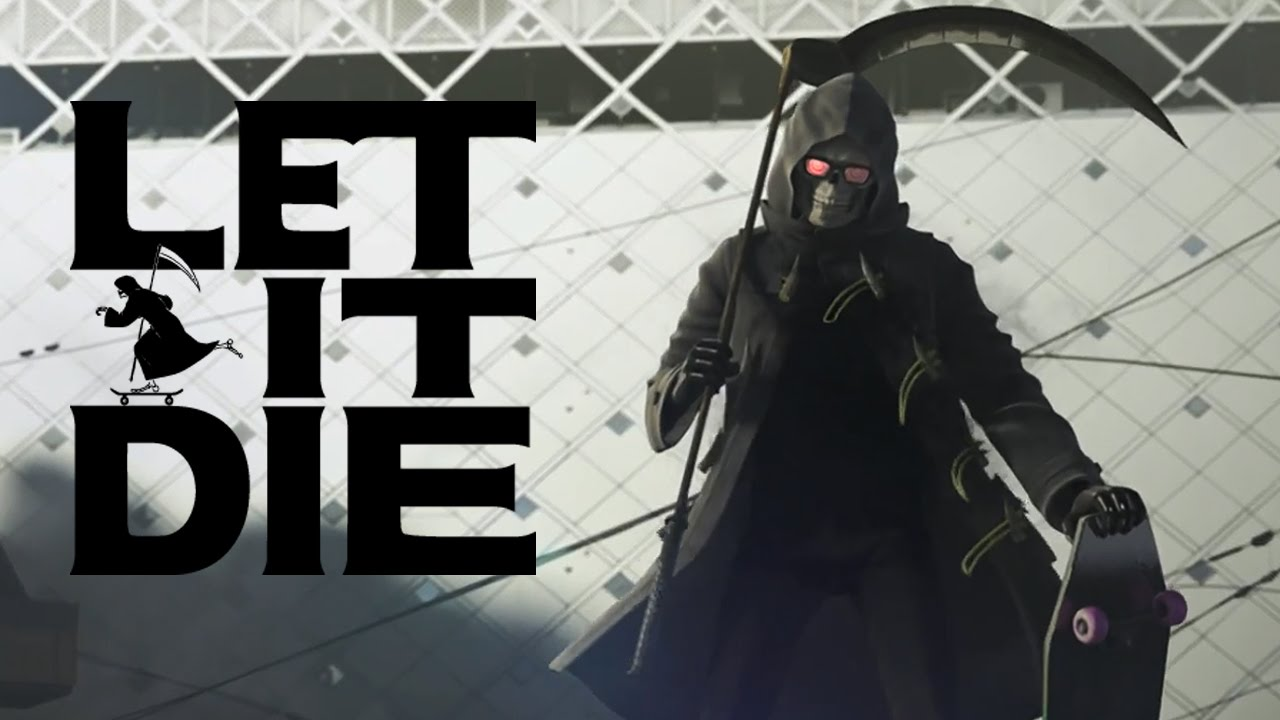
Had it come out five years ago, LET IT DIE would have been the perfect game for me. The flourishing creativity in the game industry definitely needs to give partial thanks to famed Japanese game director Goichi Suda, known colloquially as Suda51. Second maybe only to Hideo Kojima in brand identity, Suda and his team over at Grasshopper Manufacture have been at it for nearly two decades, creating some of the weirdest gaming experiences out there. Suda’s inspirations are eclectic, to put it lightly, ranging from Seijun Suzuki to Alejandro Jodorowsky to Mexican wrestling. Even in the heavily saturated Japanese gaming market, which is no stranger to oddities, his efforts stand out.
When it was announced that Grasshopper was working on a hack-and-slash roguelike, however, I was a bit puzzled. Suda’s true strengths lie in his out-there presentation. Sometimes he will strike gold with fun and innovative gameplay like in NO MORE HEROES and its sequel, but even there the Grasshopper style was at the forefront. Hidetaka Miyazaki’s benchmark RPG formula in DEMON’S SOULS and DARK SOULS, of which LET IT DIE tries so hard to emulate, focused almost exclusively on the player’s input, with cutscenes and story altogether taking a seat in the nosebleed section. Suda’s first real opus and my personal favorite video game of all time, KILLER7, was incredibly stylistic and bravely tackled a plethora of heavy topics through its confusingly disturbing narrative, but is admittedly unplayable when held alongside the likes of any standard action game. It was only recently that missteps like LOLLIPOP CHAINSAW and KILLER IS DEAD, though exerting Suda’s trademark flair, were given backlash for their mechanical limitations. So the results here were guaranteed to be mixed.
In the not-too-distant future, the world has been devastated by wars and energy crises, as well as disasters both natural and unnatural. A slew of vicious earthquakes has rendered the Southern Tokyo area its own independent island, with a forebodingly tall building, the Tower of Barbs, made from the remnants of the city’s metro system, at its center. You play a dime-a-dozen, flesh factory-assembled fighter whose goal is to ascend to the top of the Tower of Barbs to maybe retrieve some sort of treasure…? Or was it to save the rest of humanity from some disease? It’s never made entirely clear.
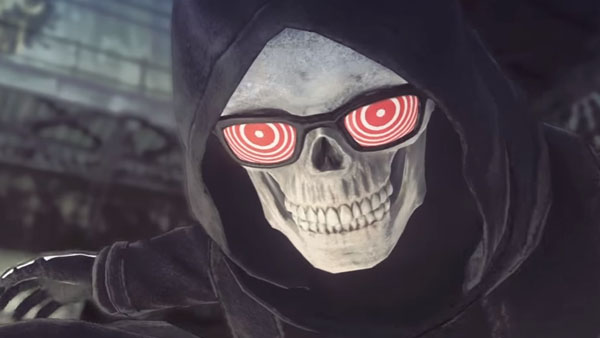
What happened to you, Nito?
You are guided by one Uncle Death, a forced meme and grim reaper for the modern age brought to life by Jukka Hilden’s endless utterance of “senpai <3” in his Finnish accent, and a few other eccentric characters that aggressively shove many Suda-isms in the player’s face. There’s the psychedelic-obsessed Mushroom Magistrate, who provides players with stat-boosting fungi. And where DARK SOULS would suffice with a ring item, the dreamgirl representative for “Direct Hell Insurance” offers a chance at revival every time a player dies, but at a price. These quirks quickly lose appeal, as it will soon dawn on the player that each NPC exists solely to provide a service, and repeated lines venture into obnoxious territory.
Scavenging is really the name of the game here. Each floor is littered with all sorts of spoils to collect. Aside from various mushrooms and weapons, players will rack up three in-game currencies along their journey. “Kill Coins” are the most plentiful, as every enemy drops more than a few, and nearly all items and power ups may be purchased with them. They’re most frequently used, however, to access the elevator from your home base waiting room to the other floors, the higher floors being progressively more expensive. Next is “Essence,” which you attain from engaging in the game’s ambitious, yet rudimentary, PVP system, and is spent on upgrading your waiting room. This includes more storage in the Kill Coin bank, space for more fighters, and easier paths for R&D for new weapons or clothing. Sadly, these aspects are rather redundant, seeing that Kill Coins are spent as quickly as they’re gained, player characters are mostly identical, and the cool stuff for R&D only comes really late in the game. Unlike SOULS, experience and leveling is independent of these, and is tightly streamlined through each kill, making it easy to max out your character’s stats, but impossible to tailor them to any play style.
The rarest of the in-game currencies, and the only one of which can be purchased with real money via the PlaySstation store, is “Death Metal.” Once in a blue moon, players can complete a condition-specific challenge to get one, but Death Metal is otherwise impossible to come by without spending some shekels, and it’s the only way to pay Direct Hell Insurance for a revival. So rather than an abusive pay-to-win scenario, players who hone their skill or honorably take their licks are spared from having to pay while those looking for a quick and easy fix can shell out dollars accordingly. And given that players lose all items in their inventory once defeated, this only augments the frustration that shooed casual players from SOULS.
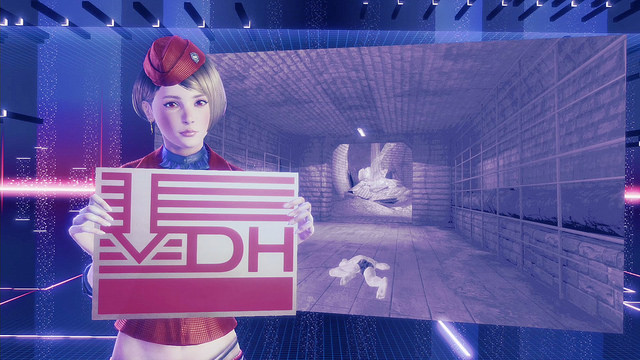
*”True” by Spandau Ballet plays*
Actually fighting the Tower of Barbs’s many horrors isn’t nearly as engaging as promised. An unforgiving weapon durability system has players rummaging for whatever they can find to defend themselves; that is, until the realization that your fists never break and swing faster than most weapons in the game. Combat itself is the same circle-strafing song and dance we’ve grown accustomed to, faster than DARK SOULS III but slower than BLOODBORNE. There are slivers of stealth when circumventing those rare enemies who patrol the tunnels, but you can mostly be content to wait in one spot with baited breath to go full aggro. But that’s no surprise, since the AI is more predictable than the sunrise. They will continue to run at you, trigger a sluggishly telegraphed attack, rinse, and repeat. Enemies will only flank accidentally once you’re overwhelmed by four or five of them, which is not often. Blocking is mostly useless and primarily a practice reserved for the poor saps you unleash hell upon. And the challenge is even further hindered by the forgiving amount of frogs you can eat on any given floor for health. A few boss battles try to shake things up a bit, but fall into monotony and pale in comparison to the originality of past Grasshopper bosses.
Controls get the job done for the most part. Your character’s arms are each assigned to their corresponding shoulder buttons and can equip three weapons each, but there’s no real way to chain combos between them. There’s a half-baked item throwing mechanic that tries to utilize the PS4 touchpad, but it is almost impossible to use correctly during battle. In the heat of the moment, you’re more likely to accidentally eat an exploding mushroom than to accurately throw one. Even locking onto targets is a bit of a hassle. Sometimes the camera will cooperate, but when dealing with groups of adversaries, players have to make sure everything is perfectly in place to manually lock on, off, then on again in order to stop enemies from sneaking behind. But a horde of bad guys will surely shove you in a corner before you can figure that out.
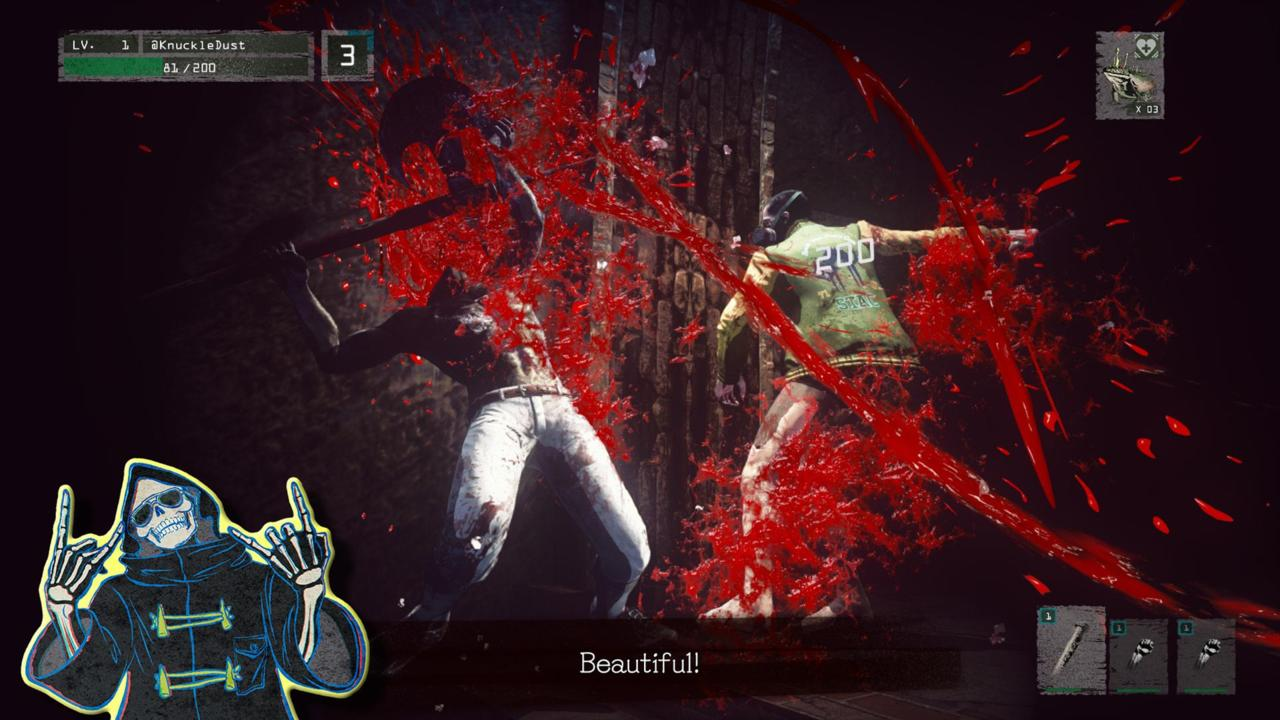
Beauty is subjective
The same rules apply to the interesting PVP features of the game, but to call them “player versus player” would be a bit of a stretch. Taking notes from METAL GEAR SOLID V: THE PHANTOM PAIN, you can choose to raid another online player’s waiting room to rob their Kill Coins and Essence, but beware! Up to three fighters can protect a defending player’s waiting room. But if a defending fighter is taken down, the invader can carry them off and hold them hostage to suck their Essence until the defender pays a Kill Coin ransom! The rewards here get somewhat hefty, but there’s no huge loss when you’re the victim. You can also send one of your fighters to an online player’s specific floor to hunt them and steal their loot while they’re ascending. The catch is, in practically all of these scenarios, your fighter will function like a run-of-the-mill enemy. There’s no actual PVP interaction, just the equivalent of nasty letters or senior pranks. It definitely gives you a rush when you know your trusty fighter made short work of a human opponent all on their own, but taking the player out of a game should never be ideal. Furthermore, the most involved aspect here is also the most tedious. When taking control of a fighter and invading a foreign waiting room, smashing their Coin and Essence banks will always be the goal and the room will always look exactly like yours. This totally melts away any nuance to the art design or Suda-isms that first grasped players.
Early environments hint at some cool, eerily retro sci-fi aesthetics that recall the likes of MDK, but eventually forsake those for the Tower of Barbs’s seemingly endless, drab subway tunnels decorated with bodies and bloodstains, a design philosophy that was already beginning to feel passé when BIOSHOCK implemented it nearly a decade ago. Eye-catching locales are few and far between, and when the most unique area in a game is your hub world, you know you have a problem. Your fighter, like nearly all of the creatures in the tower, has to settle with post-apocalyptic scrounger attire that’s outdone in variation by the cookie-cutter raiders from FALLOUT 4. And clothing, like weapons, doesn’t last long at all, so get used to seeing your character’s chiseled buttocks constantly (but maybe that’s a plus for some.)
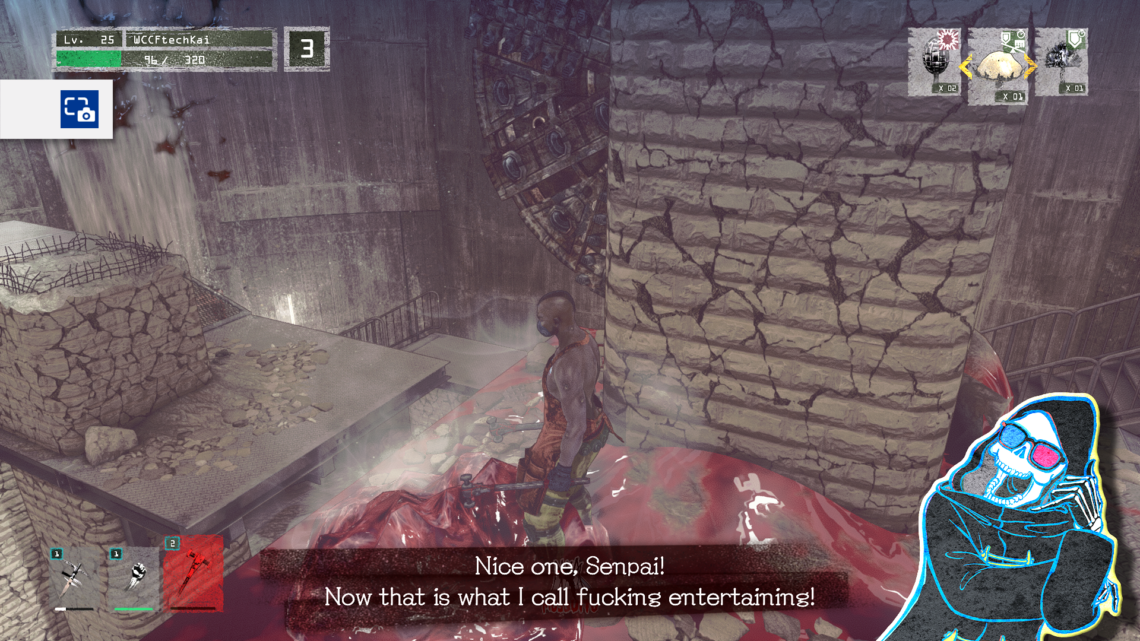
In between reaping the souls of celebrities, Uncle Death enjoys the occasional Four Loko
Look, we all should be very glad LET IT DIE exists. What other game would the Detroit Satanists waiting for Baphomet or Babymetal fans play? There are more than a few cool things it does, but Suda and Grasshopper work best when they’re taking on wholly original concepts, not ripping off popular franchises. It’s important to keep in mind that the game I am knocking on is completely free. However, it’s also important to keep in mind that the original DARK SOULS goes for around the price of a sandwich nowadays and provides an infinitely richer experience.
Verdict: Do Not Recommend
Reviewed on PlayStation 4

